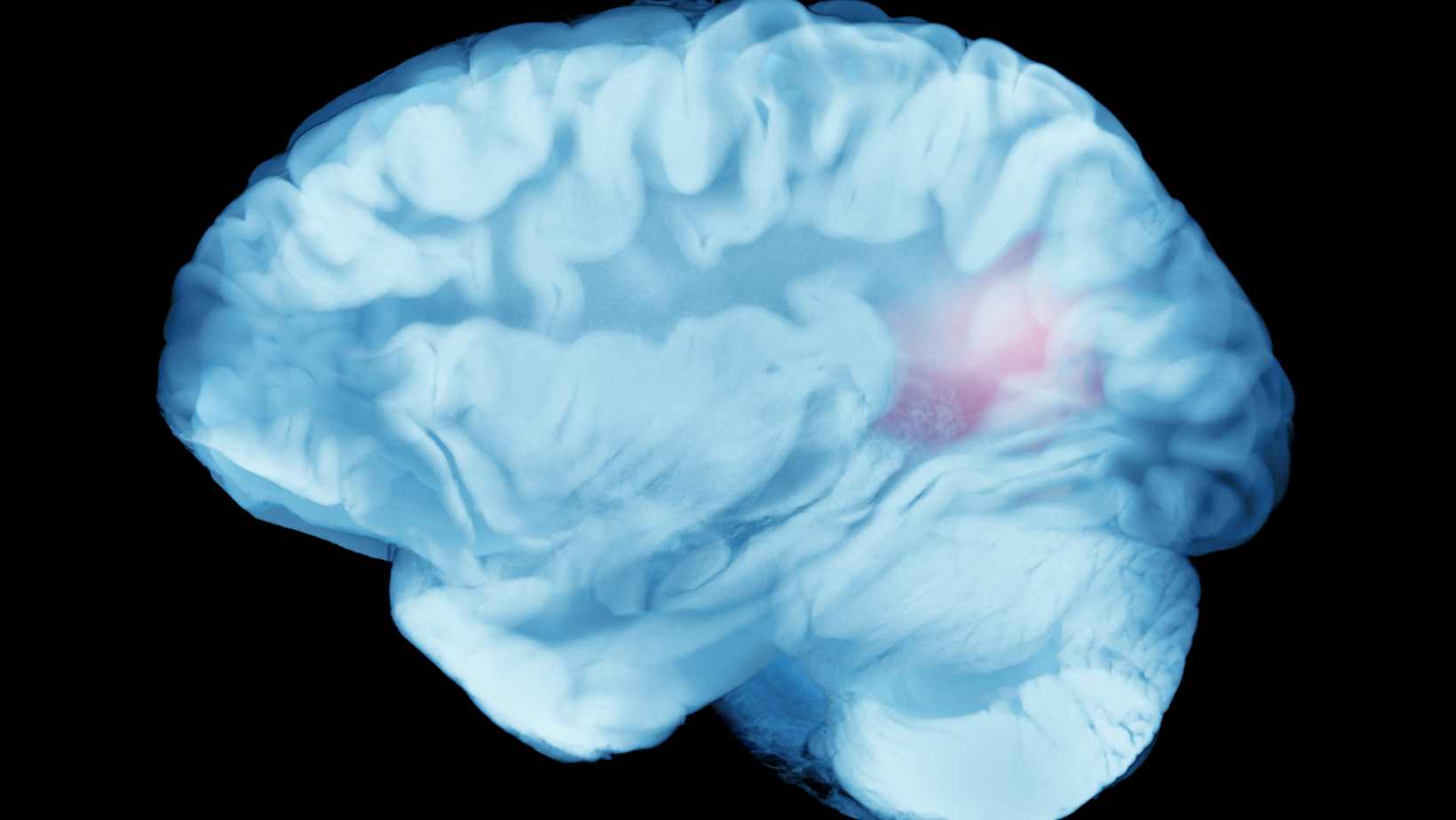Sarcoidosis is a chronic disease that involves a collection of inflammatory cells in an abnormal quantity. These cells together form a lump which is also known as a granuloma. This disease can affect any part of the body; however, its most common in lungs and lymph nodes. Lymph nodes have a bean-shaped structure and are present all across the body. They carry lymphocytes or more commonly known as white blood cells which helps us to fight any infection or disease.
Neurosarcoidosis is a Neurological manifestation of sarcoidosis affecting the central nervous system, i.e., spinal cord, brain and optic nerve. It is uncommon but a severe kind of sarcoidosis. While it most commonly occurs in facial and cranial nerves, other parts of the nervous system are equally at the risk of inflammation or abnormal cell deposits.
Table of Contents
ToggleCauses of Neurosarcoidosis Disorder:
The Cause of Neurosarcoidosis is unknown. But some infections, immune system disorders or genetics can contribute to it. Also, approximately five to ten percent of people who have sarcoidosis in other parts of the body have chances to develop it in their nervous system. Only 1 per cent of people are likely to acquire Neurosarcoidosis, without having sarcoidosis in any other part of the body. Speaking of demographics, people between the ages of twenty to forty are seen developing this disorder, and it is more common in Swedish and African-American people; however, it can occur in anyone.
Symptoms of Neurosarcoidosis:
Symptoms of Neurosarcoidosis vary as per the part of the brain that has been affected by the disease. In some cases, it may exhibit symptoms similar to Multiple Sclerosis, a condition where the immune system attacks the covering sheath protecting nerve fibres and thereby disrupts the communication between the brain and rest of the body. The reason behind the similarity of symptoms is that Neurosarcoidosis also weakens the myelin coat around the nerve fibres.
To tell the difference, doctors perform a set of diagnostic tests including CT scan, Chest X-ray, blood tests and biopsy to ascertain if the symptoms are from Multiple Sclerosis or Neurosarcoidosis.
Following are the symptoms of Neurosarcoidosis based on the area of the brain that has been affected by it.
Brain or cranial nerves:
- Dementia
- Loss of hearing
- Speech difficulties
- irritability
- hallucinations
- Seizures
- Confusion
- Loss or alteration of ability to smell or taste
- Headaches
- Vision issues
- Facial paralysis
Peripheral nerves:
- Numbness and tingling
- Weak and vulnerable muscles
- Partial or incomplete paralysis in some body parts
Pituitary gland:
- Frequent urination
- Fatigue
- Excessive thirst
- Changes in the menstrual cycle for women
Neurosarcoidosis diagnosis
The diagnosis of Neurosarcoidosis can be a complicated procedure. There is always a room for diagnostic error in this disease as the primary examination involves the finding of granulomas. Still, the same can easily be the result of any other illness. For the proper diagnosis of the sarcoidosis, following three criteria are required as per the statement jointly passed by the WASOG (World Association of Sarcoidosis and Other Granulomatous Disorders), the American Thoracic Society and the European Respiratory Society:
- Clinical and Radiologic manifestation
- Granulomas not exhibiting caseation
- No indication or proof of alternative disease
Once the disease is suspected, the diagnosis is further continued to obtain histological verification of the same, and estimate the degree & severity of organ involvement. Additionally, to determine the course of treatment, it is also evaluated during the diagnosis of whether the disease is stable or progressing.
Neurosarcoidosis treatment
Treatment varies based on the symptoms and severity; however, there is no cure for the disease. Currently, available medications/treatments help achieve symptomatic relief from pain without treating autonomic dysfunction. And they also sometimes lead to side-effects, seldomly severe, which is why one needs to discuss the potential side-effects of recommended medications beforehand and to decide if they are worth the possible benefits.
Some of these treatments are –
- Occupational therapy
- Pain management medications or therapy
- Immunosuppressive and immunomodulatory medications
- Physical therapy
Conclusion
Neurosarcoidosis does not have any standard prognosis as the severity, and the symptoms vary from person to person. And only two-thirds of people suffering from it achieve temporary or permanent diminution of pain & other symptoms and can go back to living their lives normally. However, those who do not experience remission need to continue the treatment and manage their symptoms throughout life. And to do so, a multidisciplinary approach is advised, which demands considerable participation of patients to work on somatic along with psychosocial aspects of this capricious disorder. Participation can be in the form of regular visits to the neurologist, coordination with doctors and therapists and a proper medication routine – right drug, right dose at the right time!
Also Read:

Dr Chandril Chugh
Dr. Chandril Chugh, a renowned American Board-Certified Neurologist, is just a click away. With years of global experience, he offers trusted neurological guidance online.
→ Book a consultation to discover which remedies suit your needs best.




